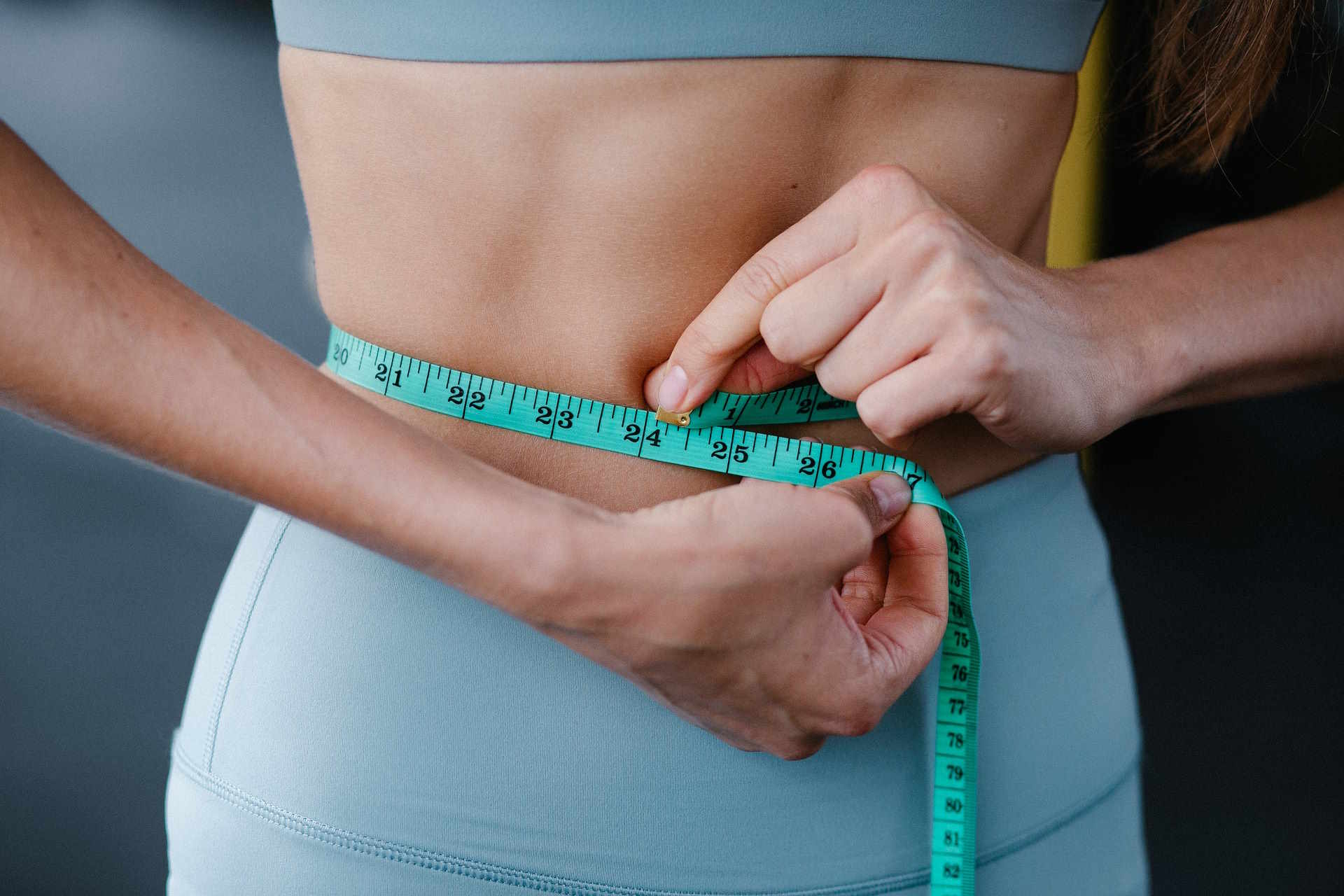3 Ways to Reduce Upper Belly Fat Loss Tips
Upper belly fat can be particularly challenging to address, often requiring a multifaceted approach that combines targeted exercises, dietary modifications, and lifestyle adjustments. This stubborn fat deposit around the upper abdominal area not only affects physical appearance but can also indicate underlying health concerns. Understanding the causes of upper belly fat accumulation is the first step toward developing an effective strategy for reduction. While spot reduction is scientifically impossible, a comprehensive approach focusing on overall fat loss with specific attention to core strengthening can yield noticeable results in the upper abdominal region.
What Causes Upper Belly Fat
Upper belly fat, also known as visceral fat, accumulates around the organs in the abdominal cavity. Several factors contribute to its development, including hormonal imbalances, poor dietary habits, and genetic predisposition. Stress plays a significant role by triggering the release of cortisol, a hormone that promotes fat storage particularly in the upper abdomen. Age-related hormonal changes can also impact fat distribution, especially in women experiencing menopause or men with declining testosterone levels. Poor sleeping habits further exacerbate the problem by disrupting metabolism and increasing hunger hormones. Additionally, certain medical conditions like insulin resistance, polycystic ovary syndrome (PCOS), and Cushing’s syndrome may contribute to upper belly fat accumulation. Understanding these underlying causes helps in developing targeted strategies for effective fat reduction.
Effective Exercises for Upper Belly Fat Reduction
Incorporating specific exercises that target the upper abdominal region can help strengthen core muscles and contribute to overall fat loss. High-intensity interval training (HIIT) has proven particularly effective for burning visceral fat, with studies showing it can reduce abdominal fat more efficiently than steady-state cardio. Include exercises like mountain climbers, bicycle crunches, and reverse crunches that specifically engage the upper abs. Planks and their variations provide excellent isometric training for the entire core, including the troublesome upper abdomen area. Russian twists and medicine ball slams add rotational movement that engages the obliques and upper abdominal muscles. For optimal results, aim for 3-4 strength training sessions weekly, incorporating these exercises into a comprehensive workout routine that includes both cardio and resistance training. Remember that consistency is key, as results typically become noticeable after 6-8 weeks of regular exercise.
Food and Diet Strategies to Combat Upper Belly Fat
Dietary modifications play a crucial role in reducing upper belly fat. Focus on creating a modest calorie deficit while prioritizing nutrient-dense whole foods. Incorporate lean proteins like chicken, fish, tofu, and legumes to support muscle maintenance during fat loss and provide greater satiety. Complex carbohydrates found in whole grains, vegetables, and fruits deliver essential nutrients while helping control blood sugar levels—important since insulin spikes can contribute to belly fat storage. Healthy fats from avocados, nuts, seeds, and olive oil support hormone production and reduce inflammation that may contribute to visceral fat accumulation. Stay adequately hydrated, as water consumption supports metabolism and helps distinguish between thirst and hunger cues. Portion control remains essential even with healthy foods, as caloric excess from any source can contribute to fat storage. Consider incorporating anti-inflammatory foods like berries, fatty fish, and leafy greens, as chronic inflammation has been linked to increased visceral fat.
Lifestyle Changes That Reduce Upper Belly Fat
Beyond exercise and diet, several lifestyle modifications can significantly impact upper belly fat reduction. Stress management techniques like meditation, deep breathing exercises, yoga, or regular leisure activities can lower cortisol levels, reducing the tendency for fat storage in the upper abdomen. Prioritizing sleep quality and quantity—aiming for 7-9 hours of uninterrupted sleep nightly—helps regulate hormones that control hunger and fat storage. Limiting alcohol consumption is particularly important, as alcohol not only adds empty calories but also disrupts metabolism and can lead to increased upper belly fat, often referred to as a “beer belly.” Staying hydrated throughout the day supports metabolic processes and helps control appetite. Additionally, maintaining consistent meal timing can help regulate insulin and other hormones that affect fat storage. Making these lifestyle adjustments creates an environment where your body is less likely to store excess fat, particularly in the abdominal region.
Combining Approaches for Maximum Results
The most effective strategy for reducing upper belly fat involves combining targeted exercises, dietary modifications, and lifestyle changes into a comprehensive plan. Start with a realistic assessment of your current habits to identify areas needing improvement. Develop a weekly exercise schedule that includes both cardio sessions for overall fat burning and strength training with emphasis on core exercises. Create a sustainable meal plan focused on whole foods with adequate protein, complex carbohydrates, and healthy fats while eliminating processed foods, excessive sugar, and refined carbohydrates. Implement stress management techniques that work for your personality and schedule, whether that’s meditation, walking, or engaging in hobbies. Track progress through measurements, photos, or how clothes fit rather than relying solely on the scale, as muscle development may mask fat loss when only considering weight. Remember that consistency trumps perfection—small, sustainable changes maintained over time will yield better results than extreme approaches that cannot be maintained long-term.
This article is for informational purposes only and should not be considered medical advice. Please consult a qualified healthcare professional for personalized guidance and treatment.





